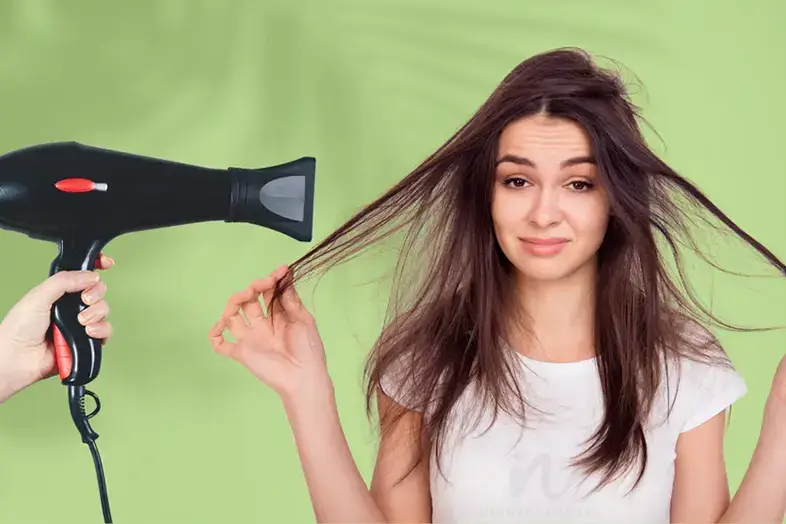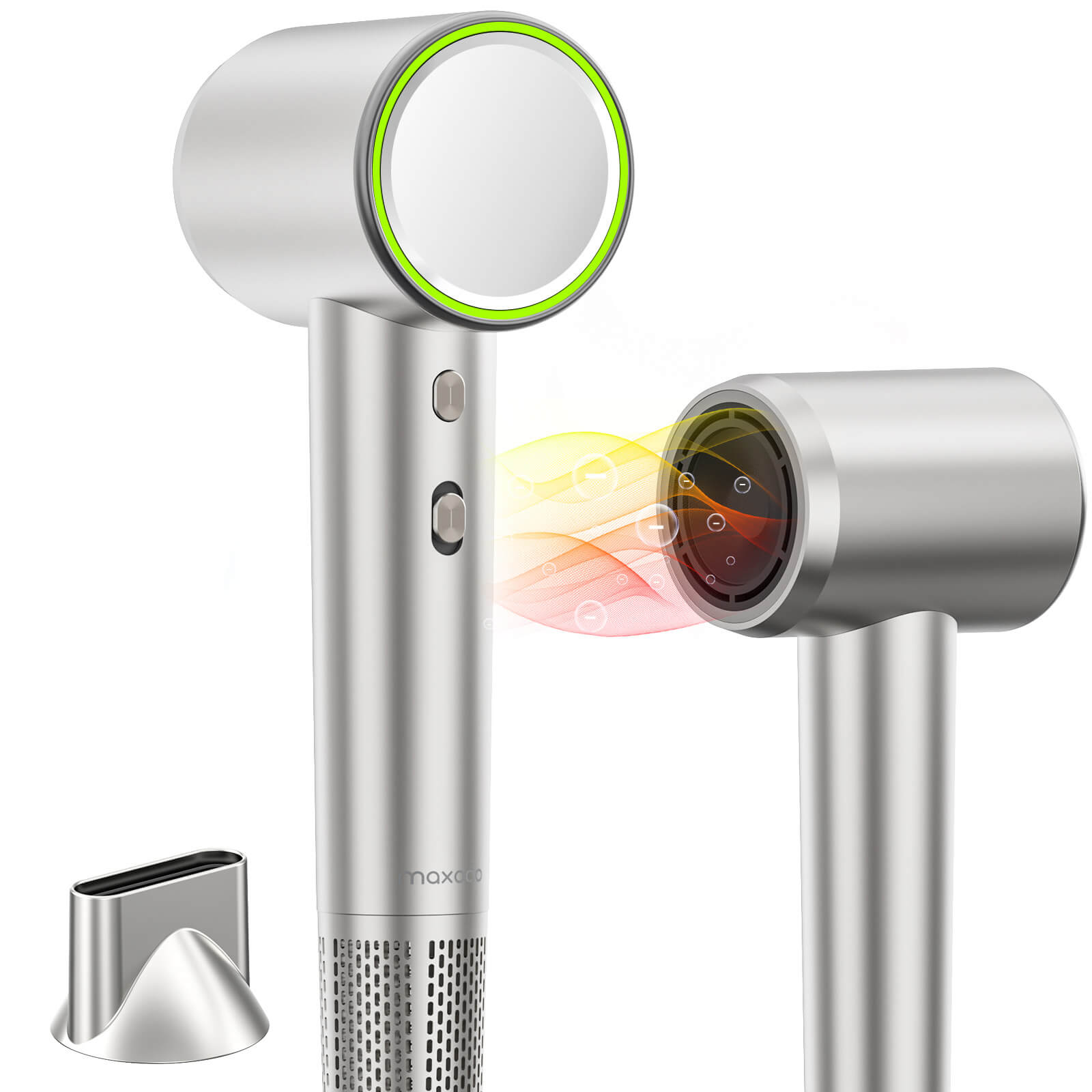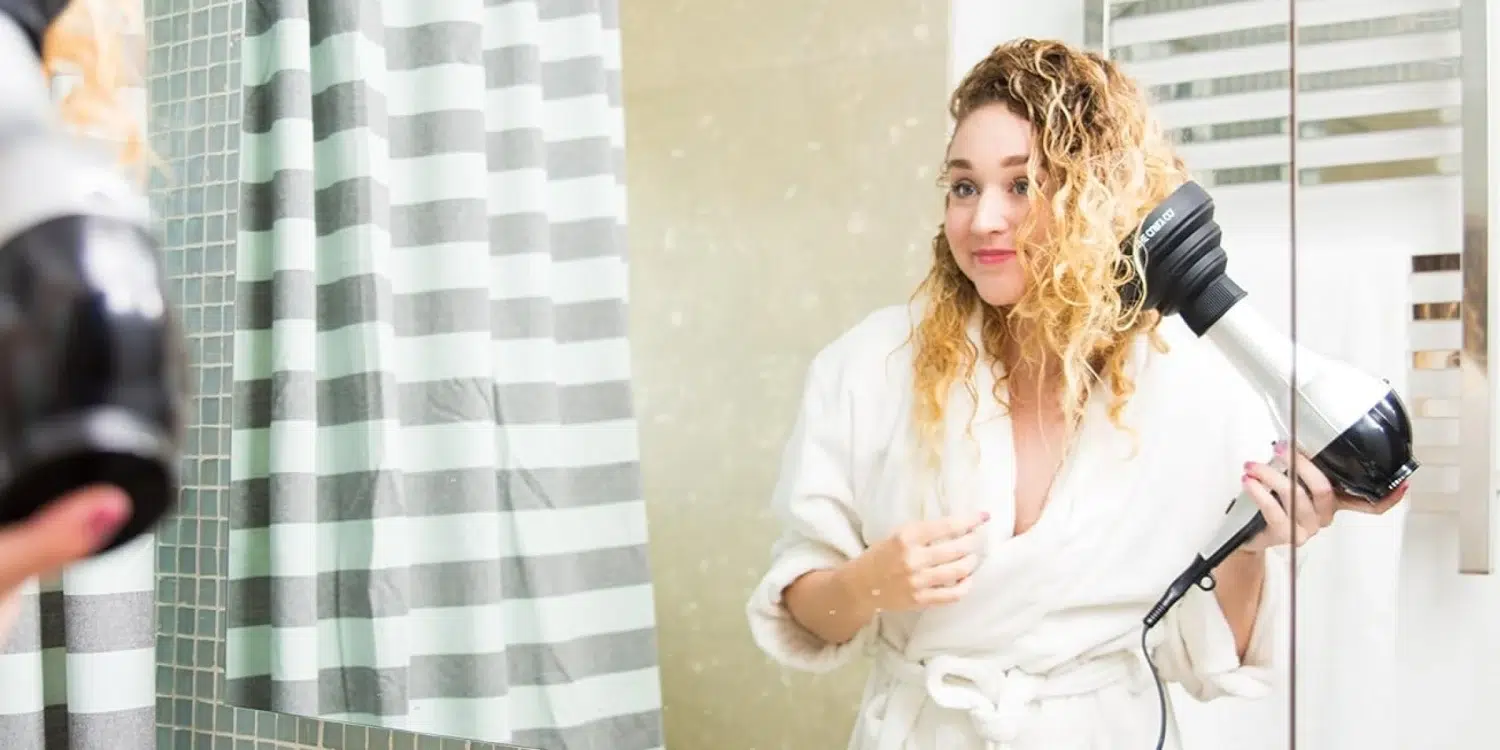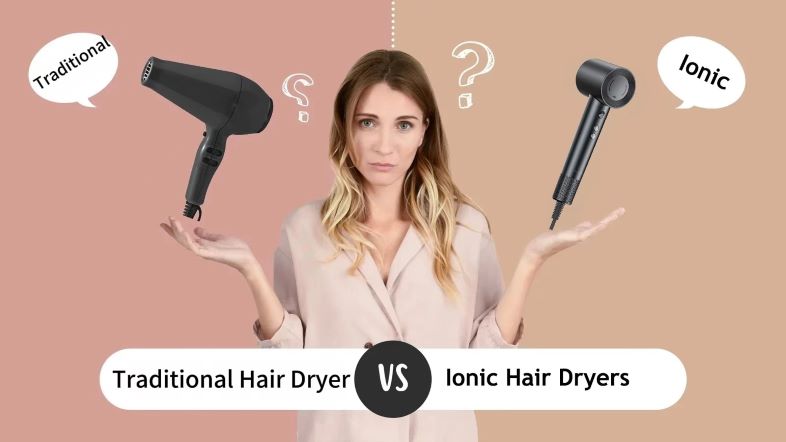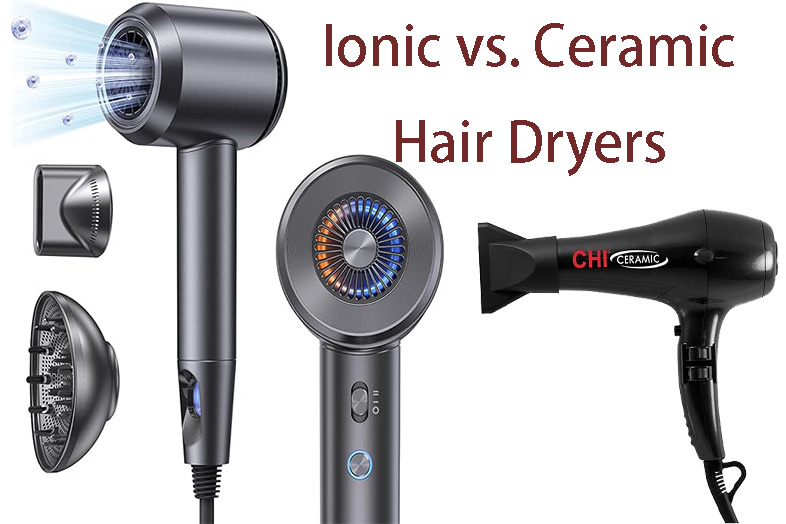The question of whether frequent use of hair dryers can lead to hair loss is a concern that resonates with many. In an era where appearance and health go hand in hand, the tools we use to style our hair are not just accessories but instruments that can significantly impact our hair’s health. This blog aims to delve into the relationship between hair dryer usage and hair health, exploring the mechanics of hair dryers and their effects on the hair.
Understanding hair health is crucial for several reasons. Firstly, it allows individuals to make informed decisions about their hair care routine, balancing styling needs with health considerations. Secondly, a deep understanding of what contributes to hair health can help in identifying and preventing potential damage before it becomes irreversible. Finally, knowing how to maintain healthy hair contributes to overall self-esteem and personal presentation.
Understanding Hair Structure and Growth
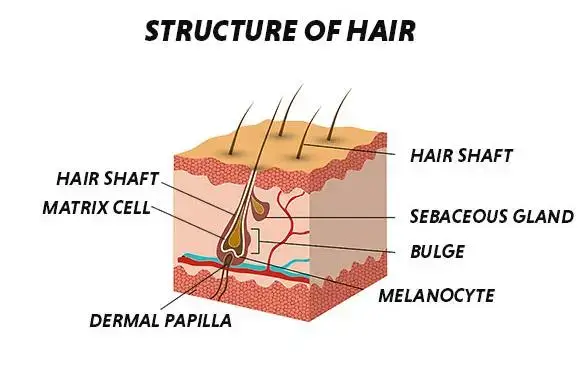
Basics of Hair Anatomy
Hair is made up of two distinct structures: the follicle, which is embedded in the skin, and the shaft, which is visible above the scalp. The shaft is composed of three layers: the medulla at the center, the cortex, which determines strength, color, and texture, and the outer cuticle that protects the shaft. Understanding these components is key to recognizing how external factors, like heat from hair dryers, can affect hair health.
The Hair Growth Cycle
The hair growth cycle consists of three phases: anagen (growth phase), catagen (transitional phase), and telogen (resting phase). Each hair strand exists in one of these phases independently, ensuring constant hair growth and renewal. This cycle is crucial to understanding how habits and tools, such as hair drying practices, can influence hair loss or damage over time.
How Hair Dryers Work
The Technology Behind Hair Dryers
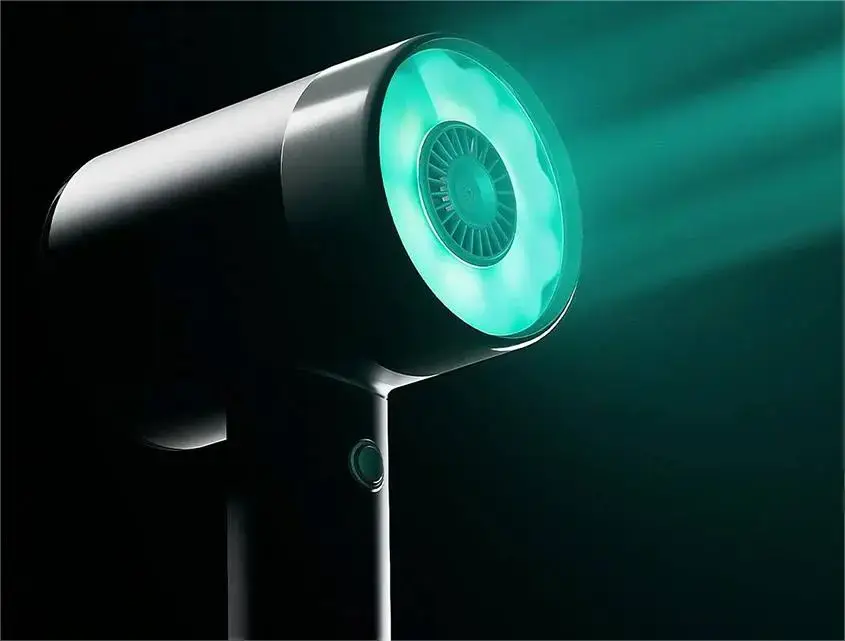
Hair dryers function by blowing ambient or heated air over wet hair to accelerate the evaporation of water. This process is facilitated by a fan that pulls air in and forces it out through a heating element. Modern hair dryers also incorporate technology such as ionic drying, which emits negative ions to break down water molecules, speeding up the drying process and minimizing heat damage.
Types of Hair Dryers
There are several types of hair dryers, each designed with specific hair types and needs in mind. Traditional hair dryers emit hot air and are suitable for general use, while ionic hair dryers focus on reducing frizz and speeding up the drying process. Ceramic hair dryers distribute heat more evenly, reducing hot spots that can damage hair. Finally, tourmaline hair dryers combine ionic and ceramic technologies, offering a gentle yet efficient drying process. Understanding the differences between these types can help individuals choose the best option for their hair type and health.
The Impact of Heat on Hair
How Heat Affects Hair Structure
Heat, especially from hair dryers, directly impacts the keratin proteins and the moisture balance of hair, which are crucial for its strength and elasticity. When hair is exposed to high temperatures, the hydrogen bonds within each strand are temporarily broken, allowing the hair to be reshaped. However, this process can also lead to moisture loss, making the hair dry and brittle. Repeated exposure to high heat can alter the hair’s natural texture and weaken its structure, leading to increased breakage and split ends.
Short-term vs. Long-term Effects
Short-term effects: Initially, the use of heat styling tools, including hair dryers, might give the hair a smooth, polished look by temporarily sealing the hair cuticles. However, even short-term use can lead to dryness, increased frizz, and a more brittle texture if heat protection measures are not taken.
Long-term effects: Over time, the consistent application of high heat can cause more severe damage, including permanent alteration of the hair’s natural structure, pronounced dryness, and breakage. The cumulative damage can make it difficult for hair to retain moisture, leading to thinner hair strands and reduced overall hair density.
Frequent Use of Hair Dryers and Hair Health
Immediate Effects of Regular Hair Dryer Use
The immediate effects of regularly using a hair dryer include dehydration of the hair strands, leading to a dull appearance and increased frizz. The heat can also cause the cuticle, or the outer layer of the hair strand, to become rough and prone to damage. This damage can make the hair more difficult to manage and style.
Potential Long-term Consequences for Hair Integrity
With long-term use, the constant exposure to heat can lead to a breakdown in the protein structure of the hair, making it weaker and more susceptible to splitting and breaking. This can result in noticeable hair thinning and a reduction in the overall volume of hair. Furthermore, the scalp can become dry and irritated, potentially affecting healthy hair growth.
Hair Dryer Usage Techniques
Tips for Minimizing Damage
Use a Heat Protectant: Always apply a heat protectant spray or serum to your hair before drying. These products form a protective barrier over the cuticle, helping to lock in moisture and reduce heat damage.
Keep the Dryer Moving: Avoid focusing the dryer on one spot for too long. Keep it moving to distribute heat evenly and prevent overheating any section of your hair.
Cool Shot Button: Finish with a blast of cool air to help close the cuticles and lock in the style, adding shine and reducing frizz.
Recommended Heat Settings and Products
Low Heat Settings: Whenever possible, use the lowest heat setting that is effective for your hair type. Thicker, coarser hair may require a higher setting, but fine or damaged hair should be dried at the lowest setting.
Quality Hair Dryers: Invest in a hair dryer with adjustable settings and technology that minimizes heat damage, such as ionic or ceramic dryers. These dryers help to distribute heat more evenly and reduce drying time.
Alternatives to Using a Hair Dryer
Natural Drying Techniques
Air Drying: Allow your hair to dry naturally whenever possible. Gently pat your hair with a towel to remove excess water and let it air dry, using your fingers or a wide-tooth comb to detangle.
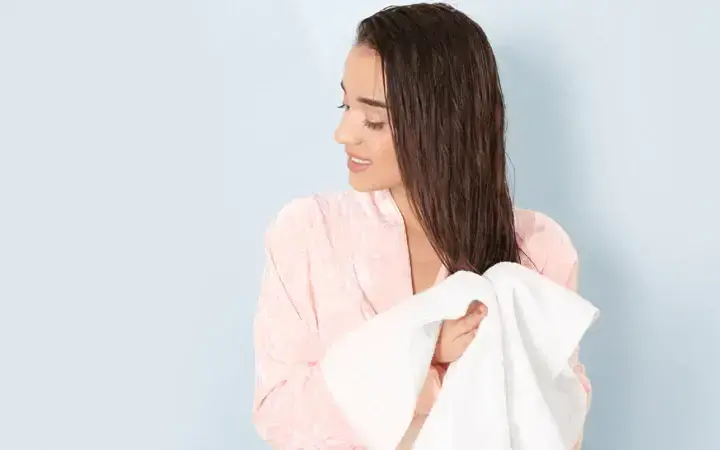
Microfiber Towels: Use a microfiber towel to wrap and gently squeeze your hair. Microfiber is less harsh than traditional towels, reducing frizz and breakage during the drying process.
Protective Styling Options
Braids or Loose Buns: After washing, gently style your hair in loose braids or buns to dry. These styles prevent tangles and minimize heat damage while creating natural waves or curls.
Use of Leave-in Conditioners or Hair Oils: Apply leave-in conditioners or natural oils to moisturize your hair while it dries. These products can provide additional protection from breakage and improve hair texture over time.
When to Consult a Professional
Signs of Heat Damage
Heat damage to hair can manifest in several ways, indicating that it might be time to consult a professional. These signs include:
Brittleness and Texture Change: Hair feels more brittle or straw-like, and natural curls or waves become less defined.
Split Ends and Breakage: An increase in split ends and hair that snaps off easily when brushing or styling.
Dullness and Lack of Moisture: Hair that looks dull and feels dry, despite regular conditioning.
Color Fading: Dyed hair fades faster, indicating that the cuticle has been compromised and is unable to hold color effectively.
Seeking Advice from a Trichologist or Dermatologist
If you notice any of the above signs or experience significant hair thinning or loss, it’s crucial to seek advice from a trichologist (a specialist in scalp and hair health) or a dermatologist. These professionals can:
Diagnose underlying causes of hair damage or loss.
Provide personalized treatment plans to address hair and scalp issues.
Recommend professional-grade hair care products and treatments to restore hair health.
Preventive Measures and Hair Care Tips
Strengthening Hair Against Heat Damage
To protect hair from heat damage, consider incorporating the following into your hair care routine:
Heat Protectant Products: Always apply a heat protectant before using a hair dryer or other styling tools. These products form a protective barrier on the hair shaft.
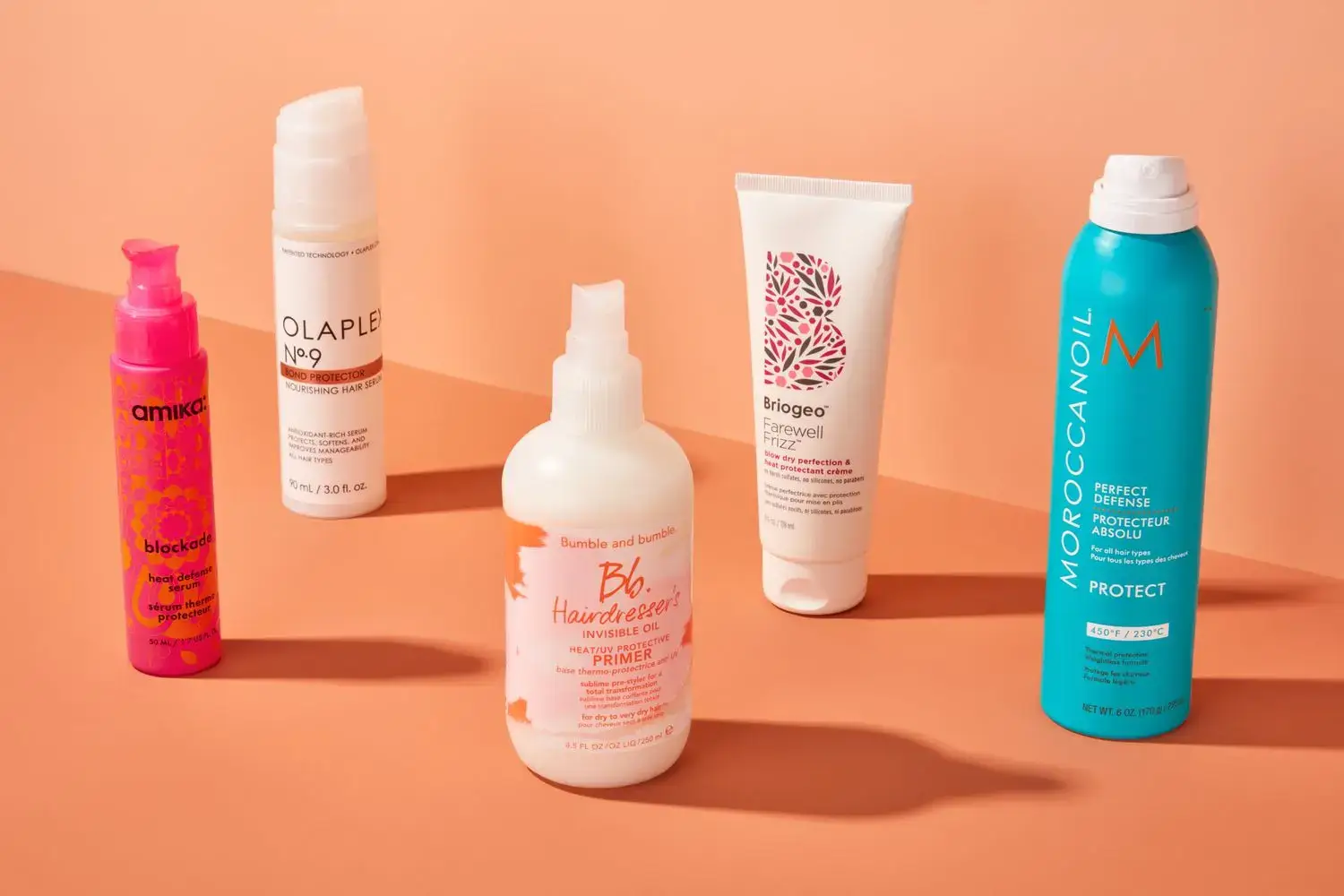
Deep Conditioning Treatments: Regularly use deep conditioning masks to replenish moisture and strengthen hair fibers.
Lower Heat Settings: Opt for the lowest effective heat setting on your hair dryer to minimize damage.
Best Practices for Healthy Hair
Maintaining healthy hair requires a holistic approach, including:
Balanced Diet: Consume a diet rich in vitamins, minerals, and proteins that support hair health.
Gentle Styling: Avoid tight hairstyles that can cause tension on the scalp and hair follicles.
Regular Trims: Get your hair trimmed regularly to prevent split ends from worsening.

Minimize Chemical Treatments: Limit chemical treatments, such as coloring and perming, which can weaken hair.
Conclusion
Frequent use of hair dryers can lead to hair damage and loss if not used properly.
Recognizing the signs of heat damage early can prevent further harm to your hair.
Consulting with hair care professionals can offer solutions to mitigate damage and promote scalp health.
Adopting preventive measures and adjusting hair care practices can protect against heat damage.
Embracing healthier hair practices is not just about preventing damage but also about nurturing your hair’s natural beauty and strength. By understanding the risks associated with frequent heat styling and taking proactive steps to minimize damage, you can enjoy healthier, more resilient hair. Remember, the key to beautiful hair lies in consistent care and mindful styling practices. Let’s commit to treating our hair with the love and attention it deserves.
